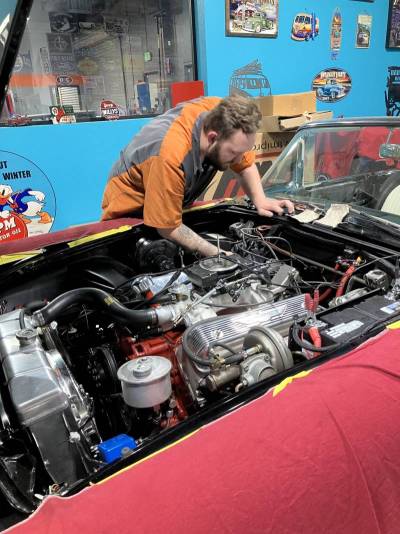Custom car shops across the country are skillfully blending cutting-edge technology with traditional craftsmanship to create stunning builds, restorations, and modifications. From Southern California to the East Coast, these shops are embracing innovation while staying true to the heart of the automotive passion.
The Marriage of Tech and Tradition
Joe Messina, owner of Roseleno Inc. in Fullerton, CA, highlights the shift. “3D printing is a huge aspect of what we do,” Messina says. This sentiment reflects a broader trend: old cars, enhanced with new technology. Hot rodders and muscle car restorers are using this technological integration to improve the beauty, power, and historical value of their projects.
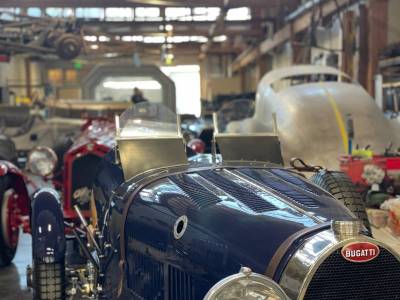
For some, it’s a matter of adapting to meet client demands.
Mike Ronning of D&C Classic Garage in Reno, NV, remembers the early days. “In the beginning, it was all cardboard templates, a plasma cutter, a band saw,” he recalls. “Now it’s CAD and laser-cutting. Our upholsterer does everything by scanning.”

D&C Classic Garage, which Ronning co-owns with Darren Windell, completes three to four high-end restorations a year, with individual projects sometimes exceeding $250,000. The shop has seven employees working in a 9,000-square-foot space. They recreate classic cars, including Model A’s. Increased tuning capabilities mark a significant change over older methods. “It’s not timing lights and carburetors,” Ronning says.
One of D&C’s key technology integrations has been Shop Monkey, a business management software suite. This software handles estimates, tracks work hours, and manages payroll, enhancing efficiency. “You go in and just build the job,” Ronning explains.
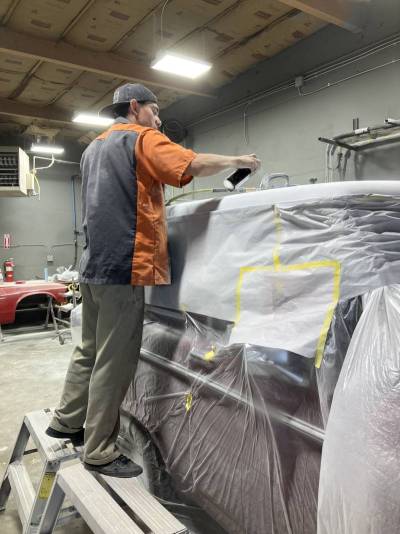
3D Printing: A Game Changer
3D printing is another essential tool. Ronning’s shop uses it for smaller parts, while Roseleno Inc. relies heavily on the technology. “Getting a prototype quickly is key,” says Messina, emphasizing the efficiency of producing a prototype in 12 hours compared to the 20 to 40 hours previously required for machining complex parts.
Roseleno also leverages software like Illustrator and Tinkercad, adapting existing programs to the custom car world. Messina prefers ChatGPT to Google for specific technical questions, citing its ability to find the correct parts. Google is “almost useless unless you can be so specific, and there’s nothing for sale.” Messina appreciates the advantages of new technology, saying, “New-tech is more precise and even fun. You can also argue with ChatGPT.”
Beyond Restoration: Expanding Horizons
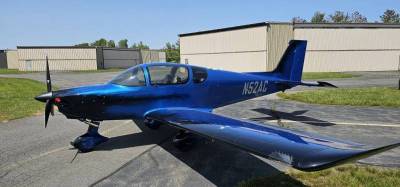
Danny Knight, owner of Knight’s Kustoms in Winchester, VA, further demonstrates technological applications by painting an airplane. This exemplifies the shift to new areas. His shop’s evolution from collision repair to custom work highlights the importance of adapting and learning.
Knight’s Kustoms also creates custom art pieces, such as engine block coffee tables.
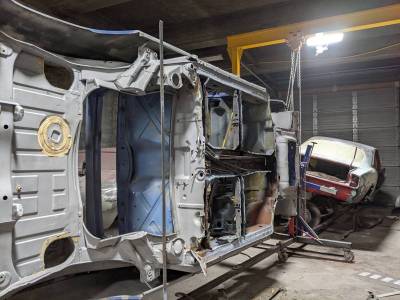
Marcy Yanus, a SEMA council director, highlights the benefits of 3D printers. They can be used to “clean up messy details,” and are not just for prototyping. Some shops go “all in” on technology, and utilize tools like scanning and social media. For Yanus, this also means understanding that the new generation coming into the industry may have different preferences about classic cars.
The Human Touch
Ken Pike, owner of Ken’s Custom Auto Body in Marysville, CA, focuses on paint jobs and touches. His shop, which recently expanded, utilizes a photo spectrometer for accurate color matching, accommodating modern paints that employ pearls and micas. Pike stresses the irreplaceable human skills. “To learn how to make a panel straight, do block sanding, there’s no way to teach a robot or a machine how to do that; it’s all by touch and feel.”

Andy Rogge, an instructor at North Idaho College’s Kootenai Technical Education Campus, emphasizes the importance of passion, as does Ronning. “Technology goes a long way,” Ronning sums up, “but keeping it old school helps keeps the tradition alive. You have upgraded sheet metal, the technology and tooling is better, your tools help you, but you’re still out there doing it, molding it.”
